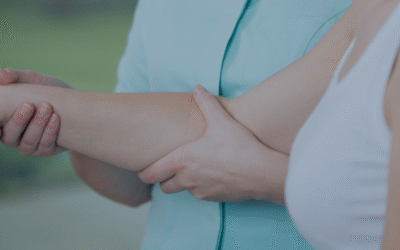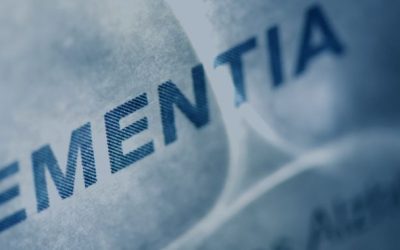Physical Activity and Cardiovascular Health: A Report by the European Heart Network

A recent report on physical activity and heart health underscores the pivotal role of being active in preventing and treating cardiovascular diseases. The report, released by the European Heart Network (EHN), emphasizes that engaging in physical activity can be the determining factor in whether individuals recover from cardiovascular diseases and resume a normal, active life or continue life as patients.
The European Heart Network, a coalition dedicated to combating heart disease and stroke, launched the report as part of its commitment to supporting patients, with the Irish Heart Foundation among its members.
The report stresses that initiating physical activity is beneficial at any stage, asserting, “It is never too late to start with physical activity, and any exercise is better than none – though more is better.”
Key findings from the report highlight that physical inactivity is linked to around 330,000 cardiovascular deaths in Europe, increasing the risk of cardiovascular disease by over 20%. Despite these risks, an estimated 25% of women and 22% of men in Europe remain physically inactive.
The EHN report advocates for a more widespread implementation of policy measures to promote physical activity at the population level, aiming to prevent cardiovascular disease. It emphasizes the need for a shift toward active lifestyles and encourages policy leaders to prioritize physical activity, particularly through systematic exercise training, as effective means of cardiovascular disease prevention and promotion of overall good health.
Walking is identified as the primary mode of preventive and health-enhancing physical activity, referred to as the ‘best buy in public health.’ Cycling is also recommended as an integrated daily activity.
For individuals living with cardiovascular conditions, the report emphasizes the importance of physical activity in secondary prevention, reducing the impact or severity of the disease. It calls for flexible, individualized, and ‘menu-based’ programmes as part of cardiovascular rehabilitation, stressing the under-utilisation of exercise-based cardiac rehabilitation.
The report concludes that regular physical activity plays a critical role in both preventing and treating cardiovascular disease. It urges policymakers to prioritise and integrate physical activity into the comprehensive approach to cardiovascular health.
In response to the report, Janis Morrissey, Head of Health Promotion, Information, and Training at the Irish Heart Foundation, emphasises the need for policies that facilitate an active environment. She states, “It is not enough to tell people to be more active. We need policies to create an environment where being active is easy, for example, segregated cycle ways.”
In addition, active-passive trainers emerge as an excellent choice for individuals recovering from strokes or other major cardiovascular conditions, particularly when walking or cycling may pose challenges. These specialised exercise devices offer a controlled and adaptable approach to physical activity, allowing individuals with limited mobility to engage in rehabilitation.
Active-passive trainers, such as the Tigo 558, provide a supportive environment, enabling users to gradually build strength and mobility without placing excessive strain on affected areas. This targeted approach is especially crucial during the recovery phase, as it allows for tailored exercise programmes that accommodate the specific needs and abilities of individuals, fostering a safe and effective path toward regaining physical well-being after a major cardiovascular event.
Recent Blog Posts
Bridging the Gap: How to Continue Intensive Stroke Rehab After Hospital Discharge
Leaving the hospital after a stroke is a critical time. Irish researchers have identified a “discharge gap,” where many patients feel their care is “fragmented” and they lose access to therapy.
The HSE’s National Stroke Strategy is tackling this by discharging patients earlier with “Early Supported Discharge” (ESD) teams who visit you at home. The Tigo 558 is the perfect partner for this new model. It’s designed to be in your home, ready for you on day one, so there is no interruption to your recovery. It bridges the gap between hospital and home, allowing you to continue the intensive rehab prescribed by your ESD team.
The 2023 Irish Stroke Guideline Sets a New Standard for Recovery. Are You Equipped to Meet It?
This year, stroke recovery in Ireland has a new "gold standard." The new National Clinical Guideline for Stroke - adopted across Ireland and the UK - has officially raised the bar for what your recovery should look like. It's not just a document for hospitals. It has...
Exercise Therapy for Dementia: A Path to Empowerment and Independence
At Beechfield Rehab, we provide innovative solutions to support individuals with dementia. The THERA-Trainer Tigo 558 is a versatile, motor-assisted therapy device designed to improve mobility, strength, and independence.



